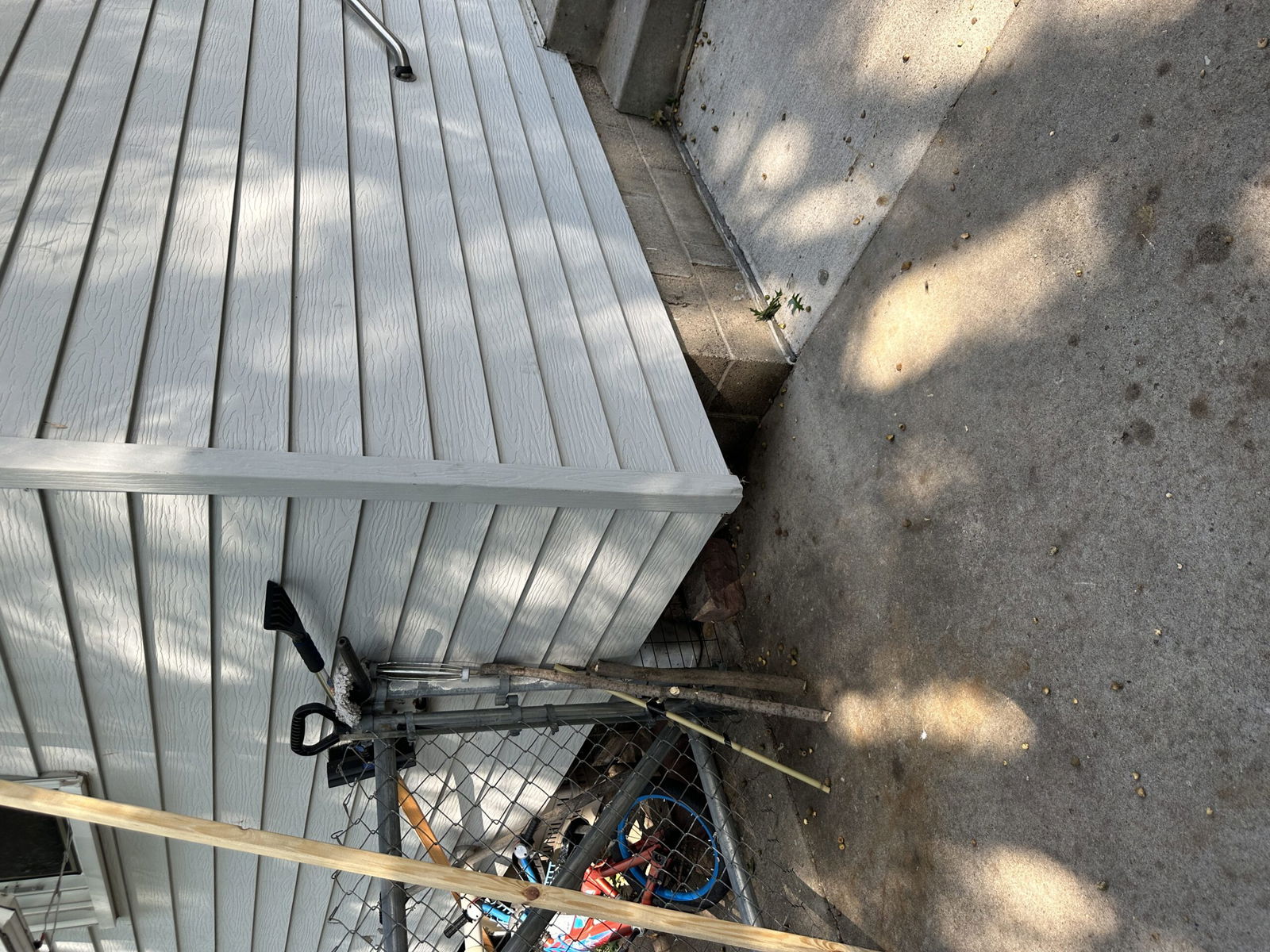Boosting Home Energy Efficiency

University of Minnesota and DOE’s Retrofit Study with InSoFast Panels

The University of Minnesota Cold Climate Housing Initiative has teamed up with the US Department of Energy’s Weatherization Assistance Program to tackle the energy inefficiency of older homes with poor insulation. This collaboration aims to discover the most cost-effective methods for energy retrofits on these homes. By comparing various materials and labor costs alongside long-term energy savings, the study seeks to re-insulate the exterior of existing houses.
Given that 70% of the housing stock predates the 1992 energy codes—and nearly half of these homes have little to no insulation—this initiative addresses a significant sustainability challenge. Especially with newer codes requiring exterior insulation on home exteriors, adding exterior insulation is the proposed solution to enhance energy efficiency.
Choosing InSoFast as the Perfect Retrofit Product
The University of Minnesota team evaluated 14 different wall retrofit assemblies to identify the most cost-effective option. These assemblies featured a range of insulations, including blown-in cellulose, fiberglass, mineral wool, XPS foam board, polyiso, and InSoFast panels. Through extensive cost-benefit analyses and testing mock-up assemblies for constructability and performance, InSoFast emerged as the top choice. Its favorable cost-benefit ratio and straightforward installation process—eliminating several steps compared to other assemblies—made it a standout. Notably, the InSoFast panels’ tongue-and-groove edges simplified the process by removing the need for seam taping. Over 30 years, the estimated energy savings with InSoFast panels are around $71,000.
The First Retrofit: A 1950s Home Transformation
The inaugural retrofit focused on a poorly insulated 1950s home. The project opted for the MAX 3.75 R-15.9 panel, a recently released product. The MAX 3.75 panel’s one-step installation achieved high R-values while eliminating multiple insulation layers, seam taping, furring strips, and structural screws. The process began with installing extension jambs on all doors and windows, followed by a new weather-resistant barrier over the existing sound-condition siding. InSoFast panels were then installed with long, corrosion-resistant construction screws, and new siding was placed over the panels. An air exchanger was also added to enhance the home’s tightness.






Future Prospects
Looking ahead, the program plans to retrofit eight more homes this year, all using InSoFast panels. Long-term monitoring with temperature and moisture sensors will evaluate the effects of adding exterior continuous insulation. Initial results from the first retrofitted home indicate lower moisture levels within the walls, fostering a healthier indoor environment with reduced mold and rot risks. This improvement is due to relocating the dew point outside the sheathing into the InSoFast layer beyond the weather-resistant barrier.
Follow and Subscribe to our Social Channels and Newsletter to hear progress updates!


